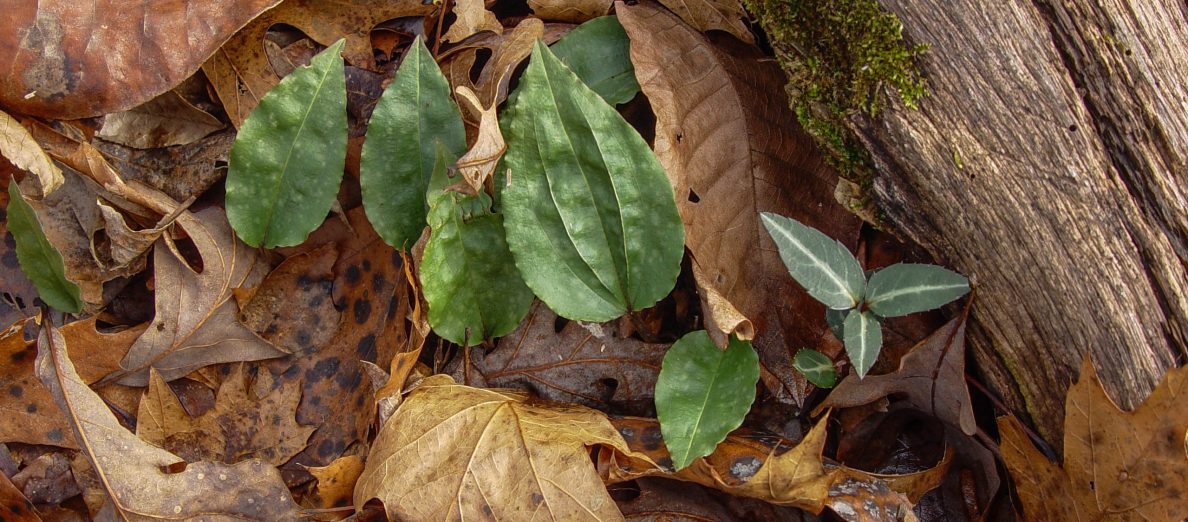When someone mentions dogwood, most everyone in the southeast will think of Cornus florida, the iconic tree of spring and state tree of Virginia. That’s a tree you probably know well, but you may not have met some of the shrubby members of the family. Here are their bios…
- Cornus racemosa, who goes by the name Gray Dogwood (or red-panicled dogwood in some circles), is a medium sized, easy going shrub that adapts well to moist or dry soils and sun to shade. He’s a late bloomer compared to Cornus florida, producing flower clusters in May and that become white berries in fall.
- Another shrub, Cornus amonum, known as Silky Dogwood since her young leaves are sometimes dressed with silky hairs, is not quite as easy going as her cousin, Gray. She prefers moist soils and wants to be in the sun most of the time. And can she put on a show! White blooms in spring, bluish purple berries that make her very popular with the birds, purplish fall colors and red twigs for the winter. No wonder she likes to be called by her stage name, Red Willow.
- And now meet Cornus sericea (nickname: Redosier Dogwood), also a multi-stemmed shrub with white flower clusters and white berries. He would prefer to hang out with Silky in a moist environment, but also gets along with Gray in the dry times. Red is loved by critters for delicious berries and by people for those lovely red twigs he shows off in the winter.
- Every family must have someone who just can’t make up their mind. In this case it’s Cornus foemina, Stiff Dogwood, who can be either a highly variable shrub or a small tree. The berries are beautifully blue. Stiff Dogwood looks a lot like Redosier (with the exception of blue versus white berries), but this plant is more of a southerner while Red tends to be a northerner; both can be found here in Virginia.
- And every family has their unique members as well. Cornus alternifolia (Alternate leaf Dogwood) arranges her leaves alternately along the stem; that’s different from everyone else who has opposite leaves. Being special, she also may try to be a tree and is more of a mountain girl – not so common in the piedmont.

The Dogwoods have a lot to offer as part of our urban plant communities; we should become better acquainted! Most are quite adaptable and attractive in all seasons. They also do their part to prevent erosion. And the family, properly called Cornaceae, supports about 120 species of insects. Yes, you read that right – supports insects (specifically moth and butterfly species) – and that is a good thing. You see, we need caterpillars for baby birds and other critters to eat. Without the bugs, the birds and others will not survive. But beware – there is a non-native in town; Cornus kousa (the Kousa dogwood from Asia) is not as generous, supporting only six insect species. He certainly doesn’t do his part!
Reedy Creek Coalition has a limited number young of Redosier Dogwood that will be up for adoption by Reedy Creek watershed gardeners later in the year. Stay tuned to our website for more information.
